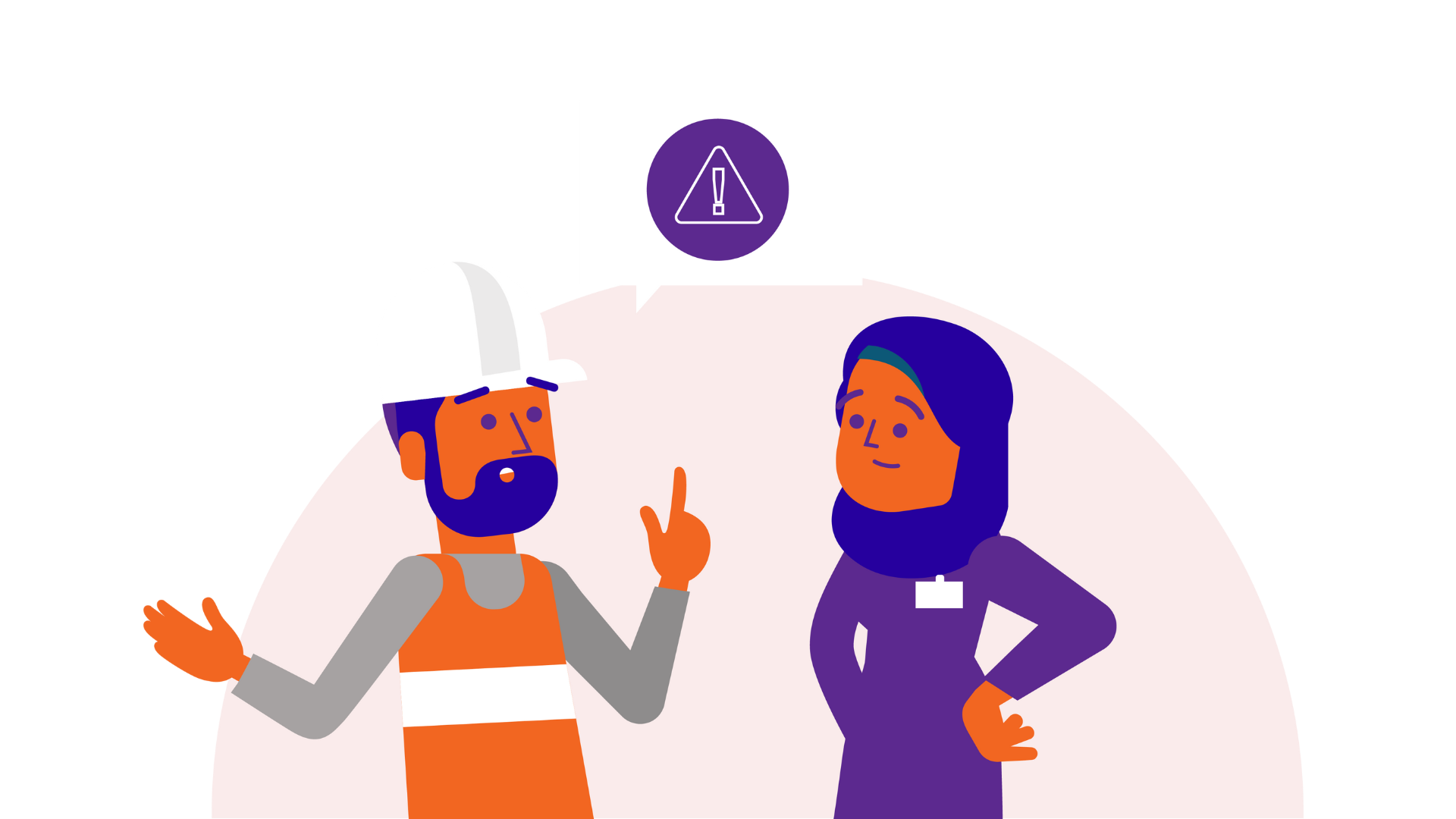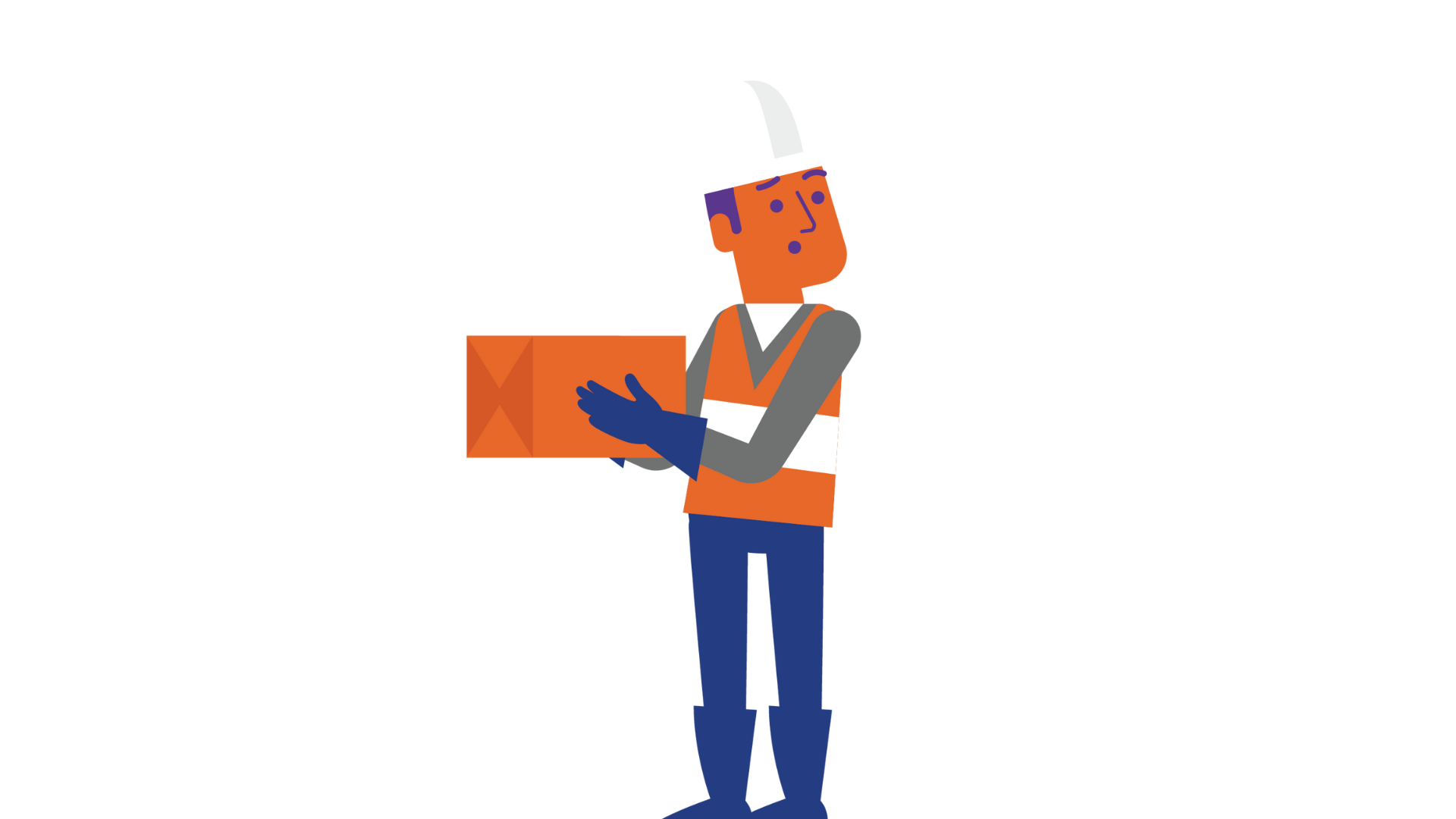
Was on
-
Work
18
June
2024
5 min reading time
Workplace safety: What you need to know as a temporary worker
You've just started working as a temp or have been working as a temp for a while. You may be wondering about your safety. Will I be able to work safely later? Who makes sure you can work safely? And who is actually your confidential advisor?
Sign upSign up for the waiting listStay informedAs a temporary worker, you may be left with many questions about your safety. And that's a very good thing, too! Because when it comes to safety, you can never ask too many questions.
Everyone deserves to be able to work safely. Of course, you don't want an accident at work to leave you with permanent injuries. At Doorzaam, we want all temporary workers to continue working safely and healthily. So they can enjoy a healthy life until retirement and beyond.
But what exactly about your safety as a temporary worker? We explain. You can expect three important points from your client or employment agency; clear information, clear work instructions and proper protective equipment (PPE ). Before you begin an assignment as a temporary worker, let your agency know what your duties will be. This includes an education about the hazards and the corresponding safety risks.
Clear information for temporary workers
Before you start as a temporary worker on an assignment, your temp agency lets you know what your duties will be. The client has explained this in advance to your employment agency. During this information you will also be told what the possible dangers are and what the corresponding safety measures are on the work floor. Thus, you will know what risks are involved in the workplace and what safety rules must be taken into account. At the same time, you can be expected to be attentive to the safety of yourself and your colleagues.
Not sure what to do about some safety rules? Then take a look at Doorzaam's health and safety checklists or report to your supervisor on the shop floor.
Clear work instructions
Good work safety starts with clear work instructions. Don't know exactly how to perform a task? Then this can be a risk to your safety. Report to your client or employment agency if you find that certain work instructions are unclear to you. Together you can find a solution.
Personal protective equipment
To protect you on the job, personal protective equipment (PPE) is used. Examples include a helmet, safety glasses or hearing protection. Your employer must make sure these PPE are available. Do you feel you are not getting the proper protection? Then report this to your employer. If you still cannot work it out, report it to your employment agency.
So are you just starting out as a temporary worker with a client? Then you should expect these three points from your client and staffing agency.
Sign up for free
Stay informed
Stay informed
Getting Started
Ready to work on yourself, your future or your job prospects?
Find out within 1 minute which budget is best for you.

Grow in your work and increase your job opportunities.










.png)

.avif)
